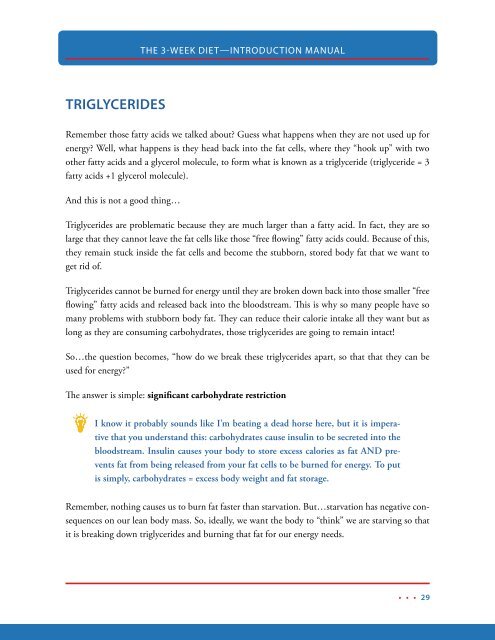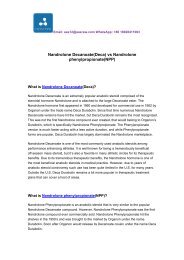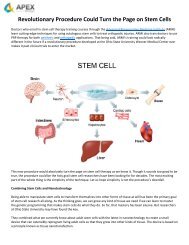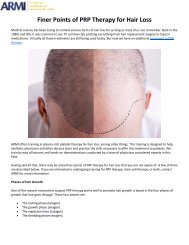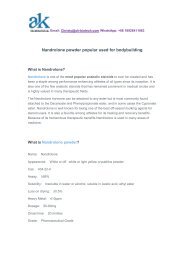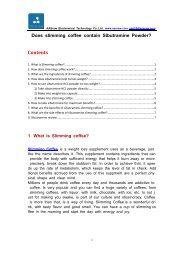The 3 Week Diet - Introduction Manual
Many of us are paralyzed by the con"icting information being given out in the health and nutrition #eld. !ere are hundreds (if not thousands) of diets and nutritional plans, quick fix pills and powders, gadgets and gizmos, infomercials and gurus who are all giving us confusing and very often, con"icting information on how to lose weight.
Many of us are paralyzed by the con"icting information being given out in the health and nutrition #eld. !ere are hundreds (if not thousands) of diets and nutritional plans, quick fix pills and powders, gadgets and gizmos, infomercials and gurus who are all giving us confusing and very often, con"icting information on how to lose weight.
You also want an ePaper? Increase the reach of your titles
YUMPU automatically turns print PDFs into web optimized ePapers that Google loves.
THE 3-WEEK DIET—INTRODUCTION MANUAL<br />
TRIGLYCERIDES<br />
Remember those fatty acids we talked about? Guess what happens when they are not used up for<br />
energy? Well, what happens is they head back into the fat cells, where they “hook up” with two<br />
other fatty acids and a glycerol molecule, to form what is known as a triglyceride (triglyceride = 3<br />
fatty acids +1 glycerol molecule).<br />
And this is not a good thing…<br />
Triglycerides are problematic because they are much larger than a fatty acid. In fact, they are so<br />
large that they cannot leave the fat cells like those “free flowing” fatty acids could. Because of this,<br />
they remain stuck inside the fat cells and become the stubborn, stored body fat that we want to<br />
get rid of.<br />
Triglycerides cannot be burned for energy until they are broken down back into those smaller “free<br />
flowing” fatty acids and released back into the bloodstream. This is why so many people have so<br />
many problems with stubborn body fat. <strong>The</strong>y can reduce their calorie intake all they want but as<br />
long as they are consuming carbohydrates, those triglycerides are going to remain intact!<br />
So…the question becomes, “how do we break these triglycerides apart, so that that they can be<br />
used for energy?”<br />
<strong>The</strong> answer is simple: significant carbohydrate restriction<br />
I know it probably sounds like I’m beating a dead horse here, but it is imperative<br />
that you understand this: carbohydrates cause insulin to be secreted into the<br />
bloodstream. Insulin causes your body to store excess calories as fat AND prevents<br />
fat from being released from your fat cells to be burned for energy. To put<br />
is simply, carbohydrates = excess body weight and fat storage.<br />
Remember, nothing causes us to burn fat faster than starvation. But…starvation has negative consequences<br />
on our lean body mass. So, ideally, we want the body to “think” we are starving so that<br />
it is breaking down triglycerides and burning that fat for our energy needs.<br />
29


